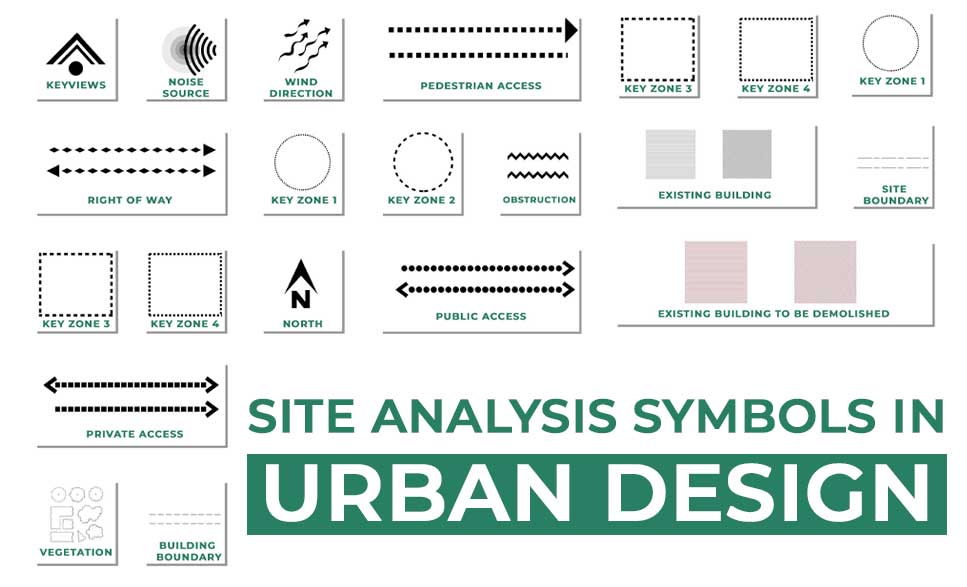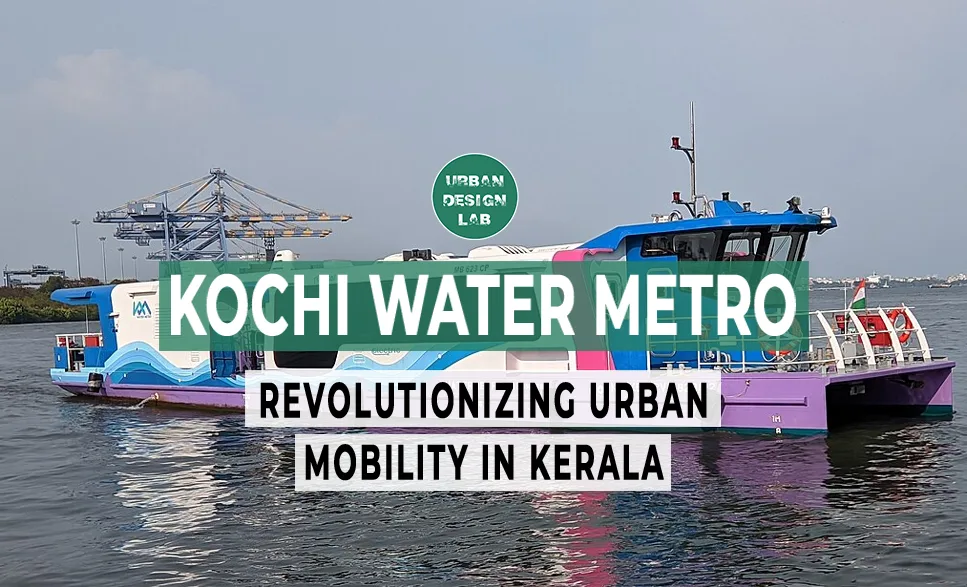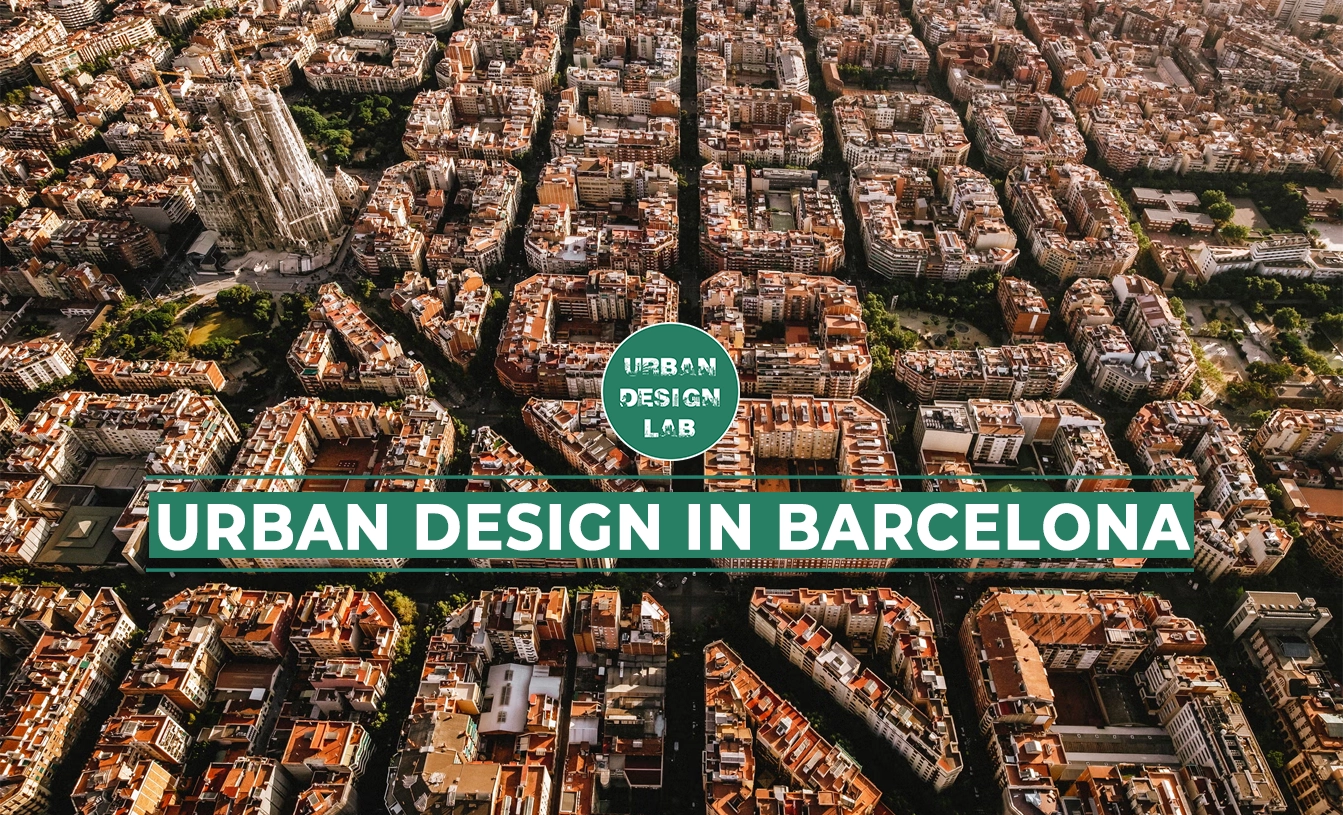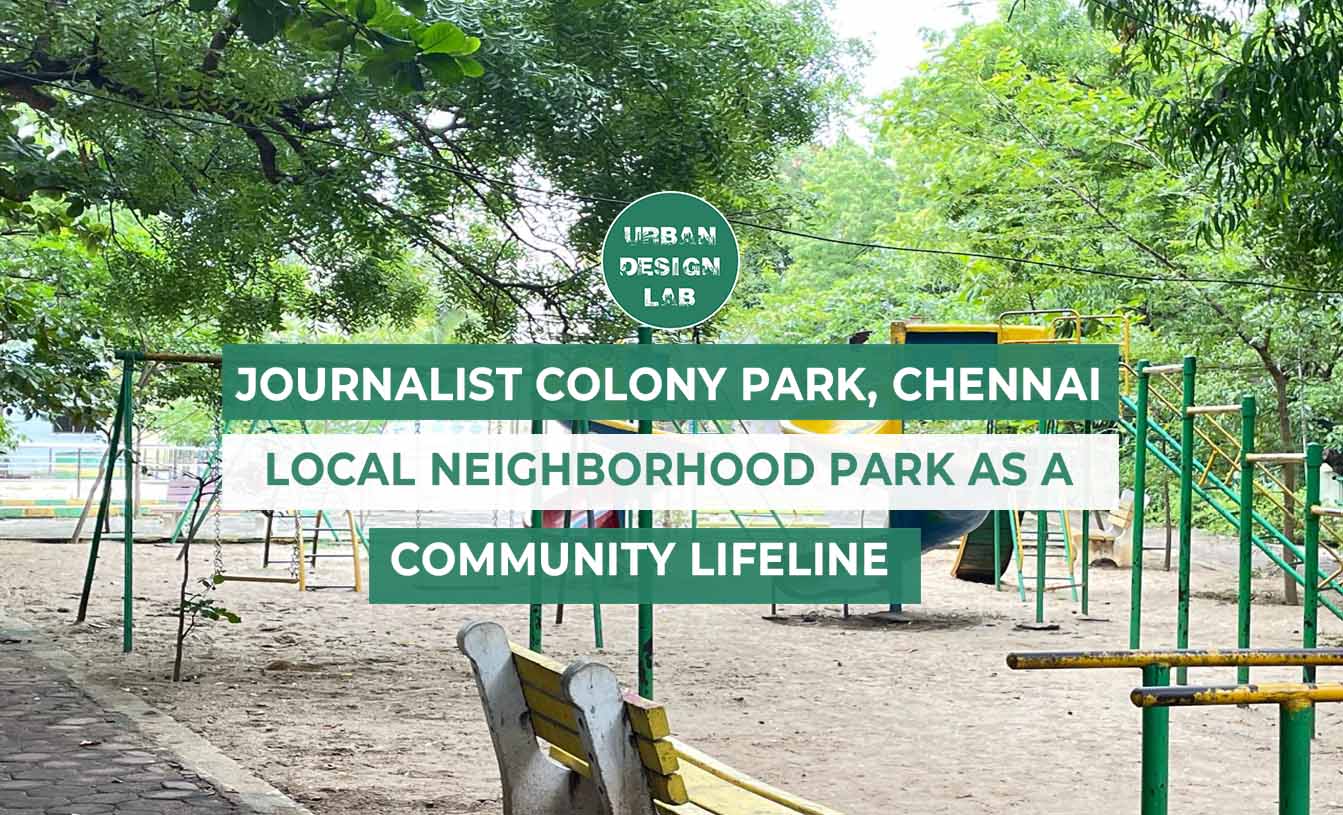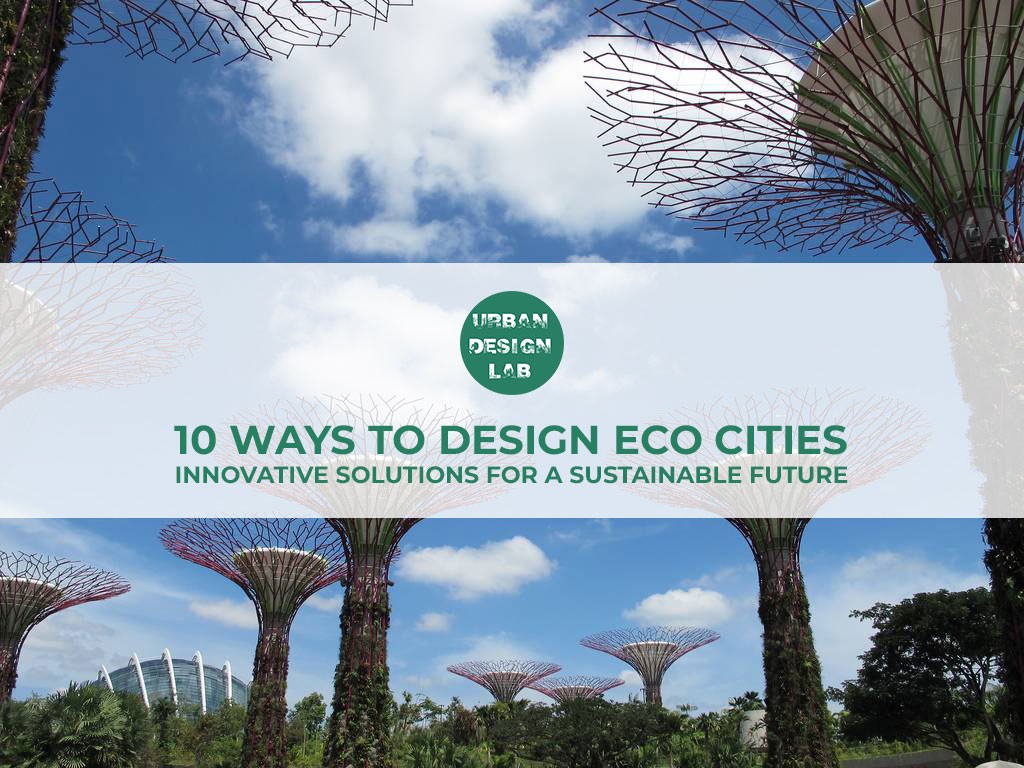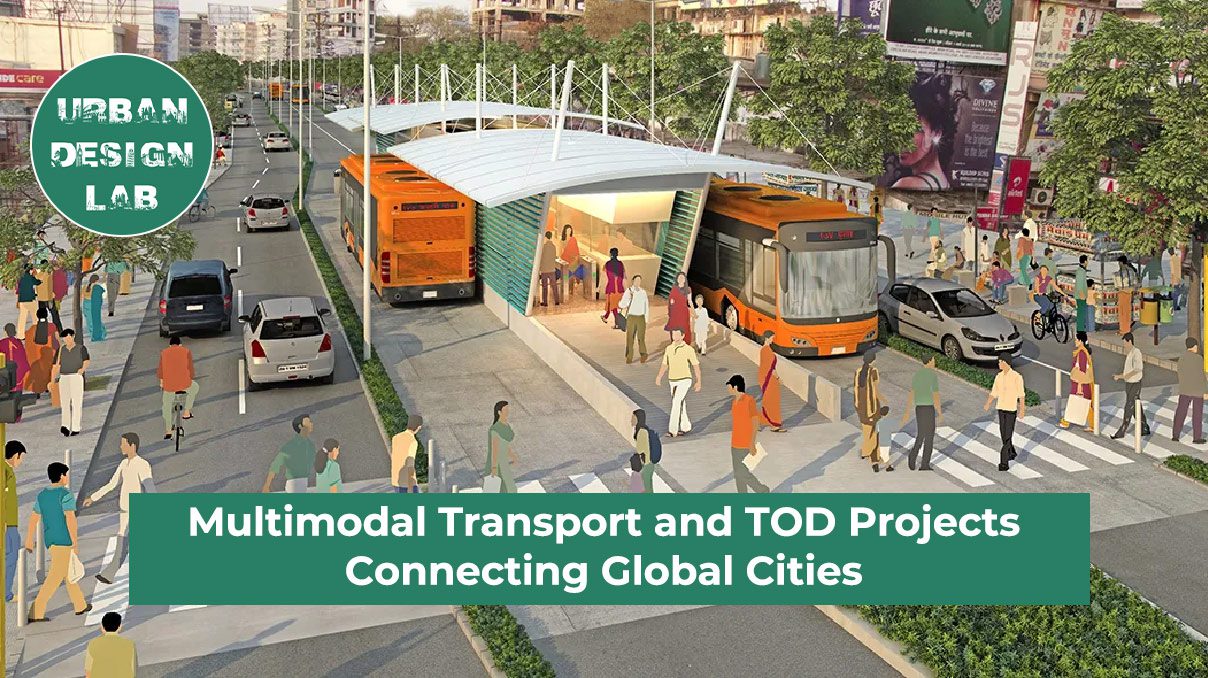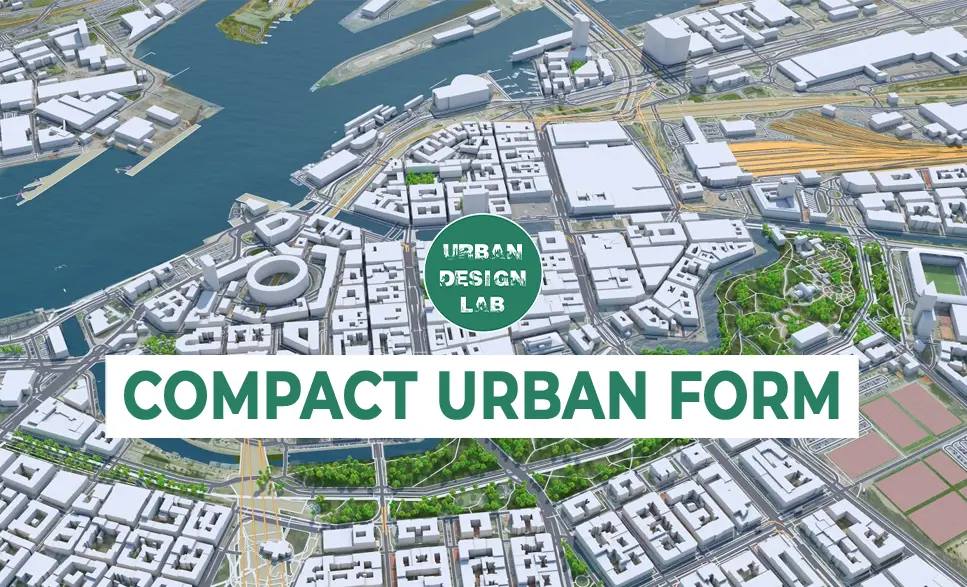
Urban Design and Mental Health
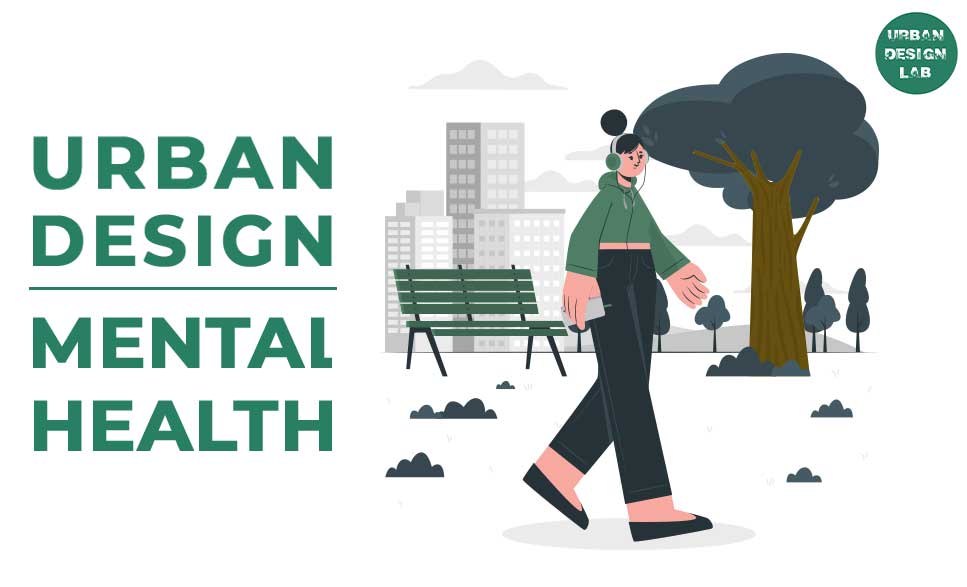
Urban design and mental health are intimately intertwined in the modern world. As cities become increasingly dense, crowded, and chaotic, urban design plays an important role in promoting mental wellbeing. From providing access to green spaces to reducing noise levels and allowing for more efficient movement of people and goods, urban design can help create a healthier environment for citizens, both physically and mentally.
Urban design involves the arrangement of physical elements in the built environment, such as buildings, streets, parks, and other public spaces. These elements can have a significant impact on the mental health of those who inhabit them. People are affected by their environment in many ways, from the design of the space to the amount of natural light available, to the amount of noise or air pollution. A well-designed city can reduce stress levels, provide relaxation and refuge, and promote physical activity. Access to green spaces, for example, has been linked to reduced levels of stress and improved mental wellbeing. Research has also shown that people who live in densely populated urban areas are more likely to suffer from depression, anxiety, and other mental health issues.
Urban design can also have a positive impact on mental health by promoting social connections. Public spaces that are designed with people in mind can encourage social interaction, which can help reduce feelings of social isolation and improve overall mental health. Designing cities with mental health in mind can also help reduce the stigma associated with mental health issues. For example, urban designers can create places that are welcoming to people with mental health issues, such as providing adequate seating and rest areas or creating areas with low noise levels. Overall, urban design plays an important role in promoting mental health. By creating spaces that are designed with people in mind and that promote social connections, urban designers can help create cities that are healthier and happier for everyone.

How mental health affects the city

Mental health issues have a far-reaching impact on cities around the world. Mental illness can lead to a variety of problems, including homelessness, substance abuse, and crime. It’s important to understand how mental health affects a city and how it can be addressed. Mental health issues can lead to a decrease in productivity. People with mental health issues often struggle to hold down jobs, leading to a decrease in wages or job security. This, in turn, can lead to financial strain and poverty for individuals and their families. This can put a strain on the city’s resources, as those with mental health issues often need additional support to make ends meet.
Mental health issues can also lead to an increase in homelessness. Many individuals with mental health issues find themselves in precarious housing situations, which can quickly lead to homelessness. This can have a significant impact on cities, as the homeless population often needs additional resources, such as shelters and medical care. Mental health issues can also contribute to an increase in crime. Individuals with mental health issues often struggle to control their emotions and impulses, leading to an increase in violent and non-violent crime. This can cause a strain on the city’s resources, as more police and resources are needed to address the crime. Finally, mental health issues can lead to an increase in substance abuse. People with mental health issues often turn to alcohol or drugs as a means of coping, which can lead to addiction and further mental health issues. This can cause a strain on the city’s resources, as addiction often requires expensive treatments and rehabilitation programs.
The good news is that cities can take steps to address mental health issues. Cities can invest in mental health services and programs, such as counseling and support groups. They can also work to reduce stigma around mental health by educating the public and increasing awareness. Cities can invest in housing and employment initiatives to help those with mental health issues find stable housing and employment. Mental health issues have a significant impact on cities around the world, but it is possible to address these issues. With the right resources and support, cities can help those with mental health issues get the help they need and reduce the strain on their resources.
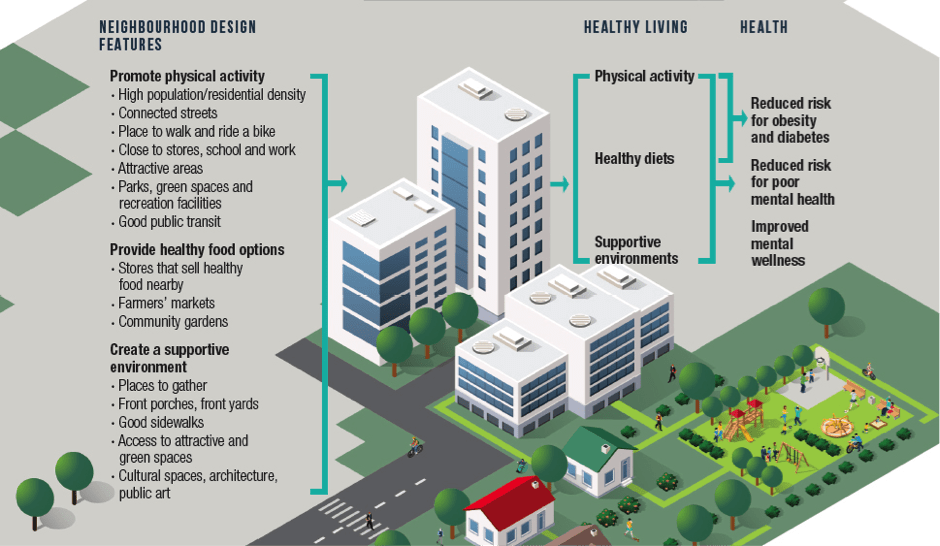
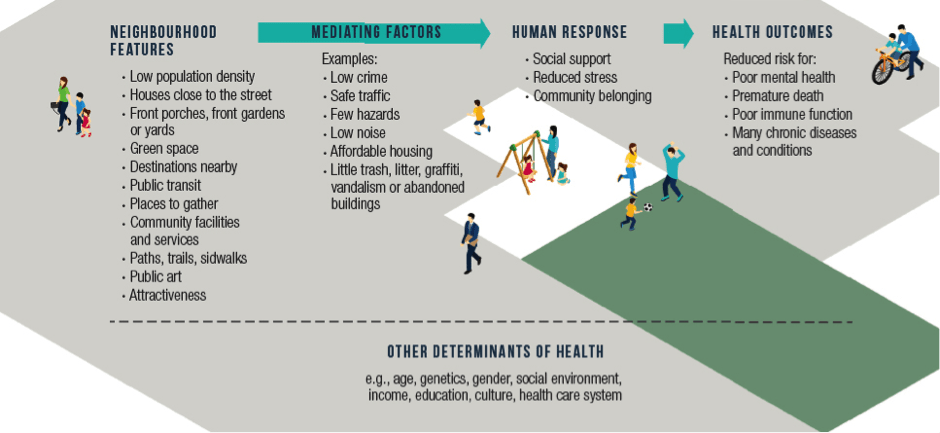
How Urban Design can Impact Mental Health
A great deal of work has been done on how urban design can improve physical health: reducing obesity, or lung diseases, for example. But in the proliferation of research and guidelines for the healthy city, mental health is still often an afterthought. This is disappointing because cities affect our mental health, and mental health problems exert huge impact on cities.
1. Green space and access to nature
There are important relationships between accessible green spaces and mental health and wellbeing. Access to natural settings in neighbourhoods and in the course of people’s daily routines is likely to improve and maintain mental health and wellbeing.
Urban Design Interventions:
Green space should be integrated into all designs. While walkable green space seems to have the most impact on mental health, the overall greenness of a person’s neighbourhoods is associated with better mental health. The priority is ensuring that people have consistent, regular exposure to urban nature in the course of their daily routines, incorporating features such as street trees and flowers into commutes, views of nature from office windows, and gardens for lunch, in addition to larger walkable spaces where one can exercise and socialize. Of note, to have positive impact on mental health, green space needs to be well-managed to avoid falling into disorder and becoming a place to fear, dislike, or avoid.
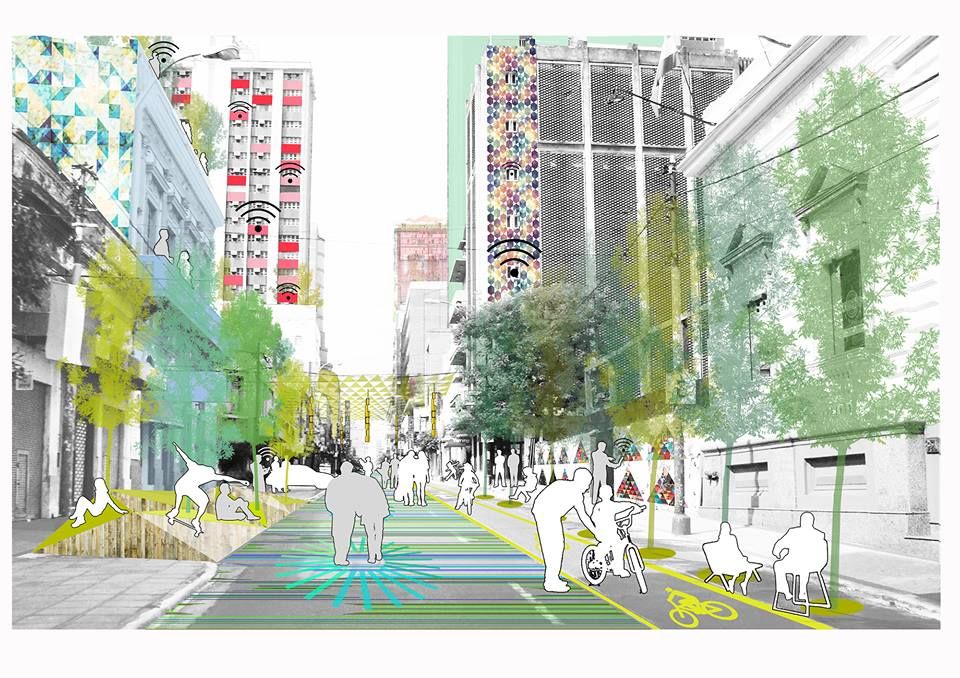
2. Active space for exercise
Positive, regular activity improves mood, wellbeing and many mental health outcomes. Regular exercise is as effective as anti-depressants for treating mild-moderate depression. Exercise also improves self esteem and wellbeing, anxiety, stress, some symptoms associated with ADHD, dementia, and even schizophrenia (blunted emotions, loss of drive, thinking difficulties). Exercise also helps counteract the weight gain associated with some common anti-psychotic medications, reducing the risk of cardiovascular disease and diabetes.
Urban Design Interventions:
Taking part in meaningful activities might become a natural part of people’s daily commutes, lunch breaks, or other urban activities. In order to make walking and cycling more appealing than driving, one of the biggest opportunities is active transport, which entails improving the city’s walkability and bikeability by creating safe pathways for pedestrians and cyclists to use and providing secure bicycle parking and easy access between neighbourhoods. Additionally, there will be enhancements to safety, such as slower vehicle speeds, larger walkways, and longer periods to cross roadways. Having convenient access to trains and buses also encourages people to walk between their points of origin and destination. Making stairs more appealing than elevators or escalators, establishing walking loops in parks, or creating outdoor gyms are all examples of how cities are incorporating active opportunities. Then, communities with low incomes and minorities should be given priority when it comes to the provision of exercise facilities like football fields, tennis courts, running routes, and the like. The placement of residential neighbourhoods in close proximity to other uses of land, such as schools, businesses, and libraries, can promote the practise of walking.
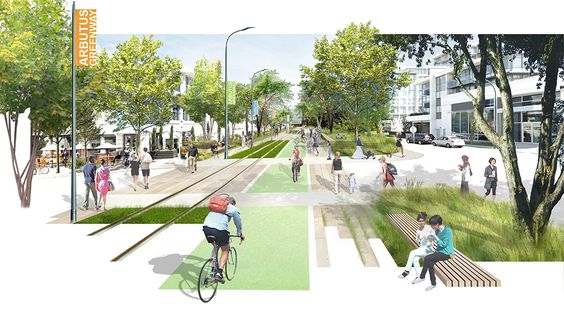
3. Pro-social places to encourage positive social interaction
One of the most important opportunities for promoting good mental health is natural, positive social interactions, from close, confiding relationships to feeling part of a community.
Urban Design Interventions:
In cities, there should be gathering spots where people can get along and help one another out (though of course also giving opportunities for privacy). Communities that are easily traversed on foot foster casual, everyday interactions between neighbours. Mixed-land-use developments, with their attractive storefronts and convenient access to services, can also be beneficial, as they encourage people to walk and socialise rather than use their cars to get from one place to another. In addition, having fine-grained street fronts can be beneficial; people are more likely to engage in ruminations (negative mental processes) and have less motivation to engage in social activity when confronted with lengthy, monotonous blocks of featureless walls. Multi-use public open spaces where people can gather for cooperative community events, ideally with possibilities for involvement and volunteering, are another option. These areas can include anything from park chess tables to street seats. The findings suggest that high-quality public open spaces are more valuable than large numbers of them. However, city dwellers may cross paths with hundreds of individuals on any given day, meaning that they may need to limit their social interactions in order to prevent feeling overwhelmed.
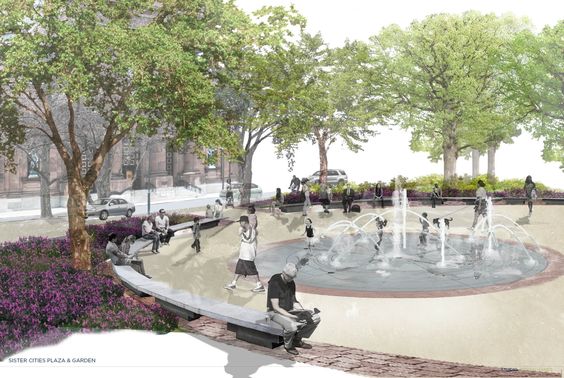
4. Safety in the city
A sense of safety and security is integral to people’s mental health and wellbeing. Urban dangers include traffic, getting lost, environmental pollutants, and risks posed by other people.
Urban Design Interventions:
The use of entrances, fences, hedges, and other design elements to restrict access to private areas is an example of natural access control.
Assuring that windows overlook pedestrian areas, increasing pedestrian and bicycle traffic, using appropriately angled lighting to illuminate faces (rather than bright light that causes glare and shadows), and avoiding sight-limiting features all contribute to what is known as “natural surveillance,” the practise of designing a space so that people feel they are being seen and crime victims can more easily summon help.
Reinforcing territorial boundaries through design that distinguishes between shared and individual areas.
Repair the “broken windows theory” holds that a community’s acceptance of broken windows and other signs of neglect sends a message that the residents don’t feel the need to keep the peace and that crime is tolerated there.
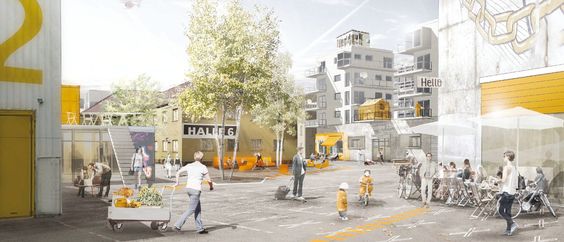
5. Transportation and connection
For most people who live in cities, transport use is an integral part of their daily routines.
Urban Design Interventions:
Specific interventions may include protected bikeways and networks, bikeshares, bus-only routes, and pedestrian plazas to encourage active commuting; and enhancing public transit services.
6. Economic stress and affordability in the city
Cities are often the most glaring examples of economic inequality, with the poor tending to cluster in poorer, more densely populated areas that may be poorly managed or suffer from other problems. When economic gaps are glaring, as they often are in cities, residents of poorer neighbourhoods are more prone to suffer from low self-esteem, feelings of inferiority, frustration, and pessimism. Many studies have shown that people in urban areas who live in rundown, unsafe neighbourhoods are more likely to take drugs and be victims of crime.
Urban Design Interventions:
Urban design can seek to reduce the impact of economic disparities. For example, affordable housing that is dignified and well-managed; or affordable transport options including good transport links and active transport options that enable everyone to take advantage of the city’s economic, educational, social and cultural opportunities.

7. Air pollution
For years air pollutants have been implicated in various health outcomes, notably cardiovascular and respiratory diseases. The effects on mental health conditions are less well studied, but there is increasing evidence of the link between air pollution and depression (every 10 μg/m3 increase in exposure to NO2 seems to double the odds of developing depression). There is also evidence of links between air pollution and autistic spectrum disorders in earlier life, and cognitive decline and psychotic disorders in later life. Air pollution is unequally experienced, depending on factors such as city, country, socioeconomic group, ethnic group, and age of people exposed. In the US for example, inner city poorer neighbourhoods experience higher levels of air pollution and associated health impacts, yet in several European cities, central areas are associated with higher housing prices and hence the more well off experience greater exposures, but not necessarily greater health impacts.
Urban Design Interventions:
Urban design can reduce people’s exposure to air pollutants through: planting trees and green spaces to trap heavy metals and larger particulate matter (e.g. Planus tree species have been used to this effect in London); planning airflow through the urban canopy to help disperse air pollutants from high footfall areas; implementing traffic reduction methods (e.g. low-emission zones, rerouting heavy traffic, and facilitating active transport); and relocating or rezoning heavy industry from densely populated urban areas.
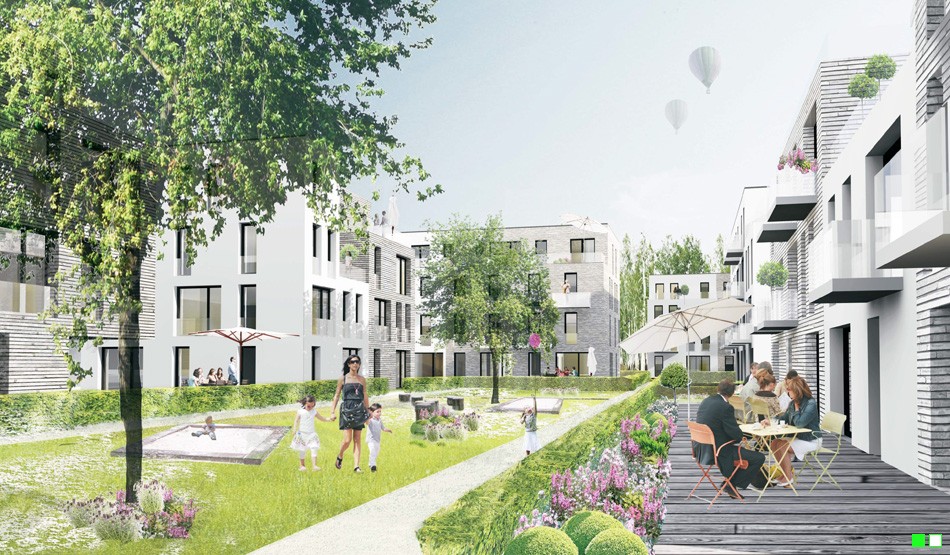

Urban Design Lab
About the Author
This is the admin account of Urban Design Lab. This account publishes articles written by team members, contributions from guest writers, and other occasional submissions. Please feel free to contact us if you have any questions or comments.
Related articles


Architecture Professional Degree Delisting: Explained

Periodic Table for Urban Design and Planning Elements


History of Urban Planning in India

Kim Dovey: Leading Theories on Informal Cities and Urban Assemblage
UDL Illustrator
Masterclass
Visualising Urban and Architecture Diagrams
Session Dates
17th-18th January 2026

Urban Design Lab
Be the part of our Network
Stay updated on workshops, design tools, and calls for collaboration
Curating the best graduate thesis project globally!

Free E-Book
From thesis to Portfolio
A Guide to Convert Academic Work into a Professional Portfolio”
Recent Posts
- Article Posted:
- Article Posted:
- Article Posted:
- Article Posted:
- Article Posted:
- Article Posted:
- Article Posted:
- Article Posted:
- Article Posted:
- Article Posted:
- Article Posted:
- Article Posted:
Sign up for our Newsletter
“Let’s explore the new avenues of Urban environment together “


























